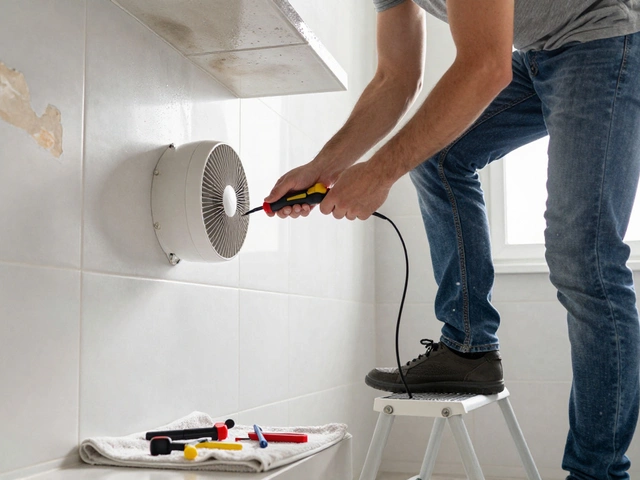Understanding Laptop Repair Costs: What You Need to Know
December 6 2024Microwave Repair Tips: Fast Fixes for Common Problems
Microwaves are handy, but they can act up just like any other appliance. Before you book a technician, try these quick checks. They’re safe, cheap, and often solve the issue in minutes.
Common Issues and Easy Fixes
Microwave won’t turn on. First, make sure it’s plugged in and the outlet works. Test the socket with a lamp or phone charger. If the outlet is fine, check the door latch. A loose latch can stop the microwave from starting. Press the door firmly until you hear a click.
Food isn’t heating evenly. That usually means the turntable isn’t turning or the waveguide cover is dirty. Pull out the turntable, clean the glass plate and the motor shaft with a damp cloth. If the motor stops, give it a gentle tap – sometimes the brush contacts need a little nudge.
Microwave makes strange noises. Rattling can be a loose fan blade or a worn-out stirrer motor. Unplug the unit, remove the back panel, and look for any loose screws or visible debris. Tighten what you find. If the noise persists, the motor may need replacement – that’s a job for a pro.
Microwave sparks inside. Turn it off immediately and unplug it. The spark often comes from a dirty waveguide cover, which protects the microwave’s interior. Remove the interior panel, locate the thin brown strip, and wipe it with a soft damp cloth. If the strip is burnt, replace it.
Control panel isn’t responding. Reset the microwave by unplugging it for two minutes. When you plug it back in, the board often clears a minor glitch. If buttons still stick, check for spilled food or liquid under the keypad and clean it with a dry cloth.
Safety First and When to Call a Professional
Never try to open the microwave’s inner cavity while it’s plugged in – the high‑voltage capacitor can hold a charge even after you turn it off. If you see burnt smells, smoke, or a strong ozone odor, shut it down and call an expert straight away.
Replace a faulty magnetron only if you have experience with high‑voltage parts. The magnetron produces the microwaves that heat your food, and a bad one can cause overheating or uneven cooking. Most homeowners are better off letting a certified gas appliance engineer handle that.
When the microwave is more than 8‑10 years old and you’re facing multiple problems, a replacement might be cheaper than frequent repairs. New models are more energy‑efficient and come with better safety features.
If you’re ever unsure about a repair step, pause and reach out to a local professional. Bedford Gas Appliance Repair Services offers a quick response for microwave issues, plus a full safety check to keep your kitchen safe.
Keeping these tips in mind can save you time and money. A few minutes of basic troubleshooting often gets the microwave back in action, and you’ll know exactly when it’s time to call the pros.
 10 Jul
10 Jul
Microwave Failure: The Most Common Causes and How to Spot Them
Discover why microwaves stop working, what parts fail the most, and how to spot trouble early. Get practical tips to keep your microwave running strong.
Read More...



